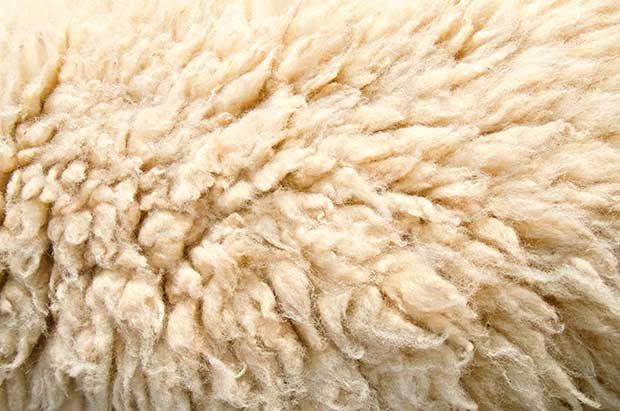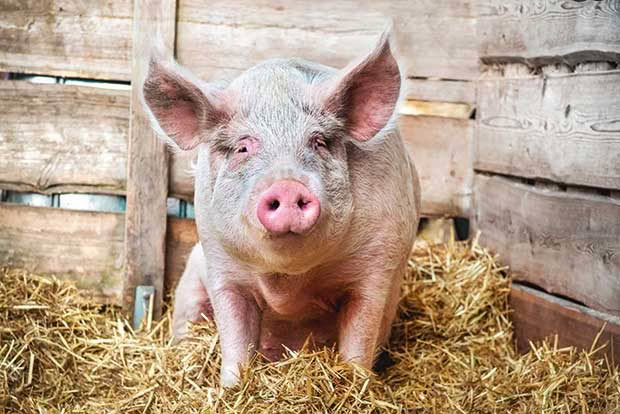15+ jobs to get done in May on your lifestyle block

Looking ahead to winter and summer is a smart move for the mid-autumn checklist.
Words: Nadene Hall
• Weedy grasses like paspalum, summer grass and crowfoot often smother bare patches left after a dry summer. Throughout autumn it can look as if a paddock is growing well. But these semi-tropical grasses will disappear at the first frost, leaving large areas of bare ground where other weeds will germinate. Drilling seed into the existing sward (best done after spraying out a paddock) is a good option.
• If you’re regrassing, consider using a mix of more drought-resistant species, including highly nutritious ones that won’t harbour facial eczema spores, eg chicory, plantain.
• Make sure your soil fertility is up to scratch or any new pastures will soon end up like the old ones.
• Facial eczema (FE) can still be a risk even this late in autumn. Keep prevention going if spore counts are still high. Consult your vet for prevention methods, and check with them if cattle will need help with copper supplementation (which is affected by zinc supplements used to prevent FE).
CATTLE
• Any thin cows will need building up again with supplements and this is very hard to do in winter. It takes 280kg of dry matter, above an animal’s daily maintenance requirement, to replace one condition score on an adult cow. That’s a lot of feed each day and if you don’t have it on the farm, you’ll need to weigh the economics of buying feed in or getting rid of stock.
• If you send any stock to the works, ask your vet to organise for liver sample tests to check on mineral and trace element levels. This will give you a guide on what your remaining stock will need. These may need building up before calving.
• Cattle (other than calves) should not be grazed on new pasture that is at risk of pugging (soil compaction). Build a standoff area or pad but ensure it meets local council regulations and is not a source of effluent escape into waterways. Don’t stand cattle on concrete or hard surfaces for more than a day. A pad must have dry areas where animals can lie down.
• Talk to your vet about getting leptospirosis vaccinations if you are running dairy cows, especially a house cow. This will protect calves about to be born, but it’s also important to prevent you getting lepto, a life-long debilitating disease in humans. If you have dogs and pigs, they will also need vaccinating.
SHEEP

• Check out your shearing options. It’s better to get this done before rain is a problem and to give the ewes time to grow a bit of fleece before winter hits.
• Remove your ram if you haven’t already. If your ram has dropped condition while working and running with the ewes, consider giving him a drench and extra good feed. If pasture is limited or you no longer require his services, get rid of him.
• Base any decision to drench sheep on faecal egg counts. Consult with your vet on the appropriate product to use. Check the Wormwise website for guidance.
GOATS

• Trim and treat hooves: cut long or infected areas back to sound, healthy tissue.
• Wet ground will exacerbate hoof problems. Ensure you have weather-proof shelters where animals can get out of the rain and dry out their hooves.
• To help keep hooves hard and less likely to become infected with foot scald (an infection of the skin between the hooves) or footrot (a stinky infection in the hoof), soak them in a 10% zinc sulphate solution (1 part zinc sulphate to 10 parts water) for at least 5 minutes, up to 15 minutes if animals are infected. An old shower tray in a race makes a good foot bath.
PIGS

• How warm is your pig’s sty? Pigs need a well-insulated shelter, facing away from the prevailing wind. It needs to have deep litter bedding or a sleeping area raised up off cold ground so they can stay warm. If you put in a floor, it needs to be slip-resistant and sturdy, and something that a pig can’t injure itself on.
• Cooked scrap vegetables are more nutritious and easier for a pig to digest than raw vegetables. If you are feeding kitchen scraps that contain or have been in contact with meat, you are required by law to cook these for one hour at 100°C for health reasons.
MORE HERE:
Love this story? Subscribe now!
 This article first appeared in NZ Lifestyle Block Magazine.
This article first appeared in NZ Lifestyle Block Magazine.
